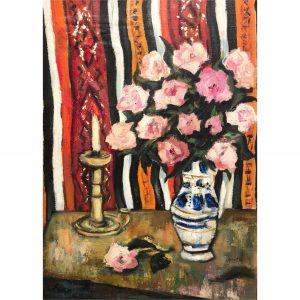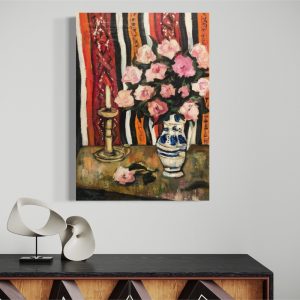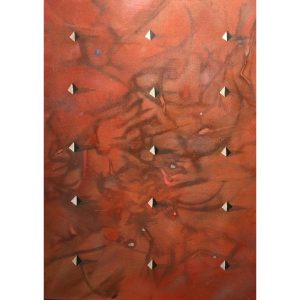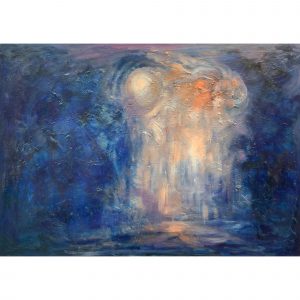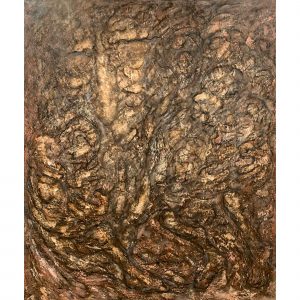Architectural Design
The architectural design of CAM is led by the renowned Japanese architect Kengo Kuma, making this his first project in Portugal. The design incorporates a blend of modern structures and traditional elements, creating a harmonious integration with the surrounding gardens of the Gulbenkian Foundation. The building features large glass facades that allow natural light to flood the interior, providing visitors with an immersive experience. The layout is spacious and inviting, with open areas that encourage the flow of visitors while prioritizing sustainability through eco-friendly materials and energy-efficient systems.
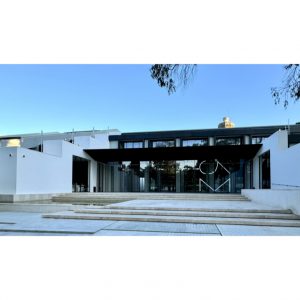
Kengo Kuma
«The Centro de Arte Moderna Gulbenkian»
Lisbon
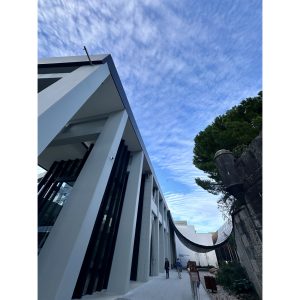
Kengo Kuma
«The Centro de Arte Moderna Gulbenkian»
Lisbon

Kengo Kuma
«The Centro de Arte Moderna Gulbenkian»
Lisbon

Kengo Kuma
«The Centro de Arte Moderna Gulbenkian»
Lisbon
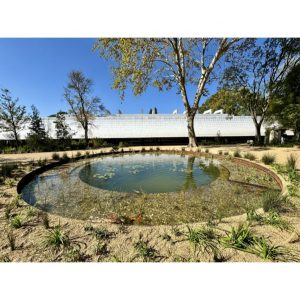
Kengo Kuma
«The Centro de Arte Moderna Gulbenkian»
Lisbon
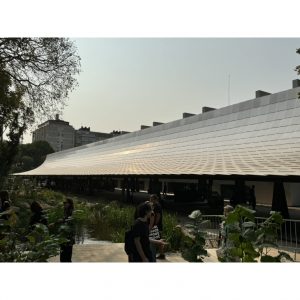
Kengo Kuma
«The Centro de Arte Moderna Gulbenkian»
Lisbon

Kengo Kuma
«The Centro de Arte Moderna Gulbenkian»
Lisbon
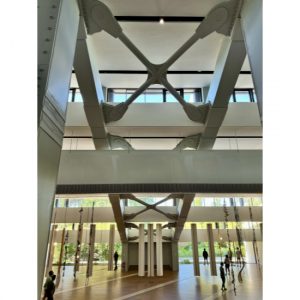
Kengo Kuma
«The Centro de Arte Moderna Gulbenkian»
Lisbon
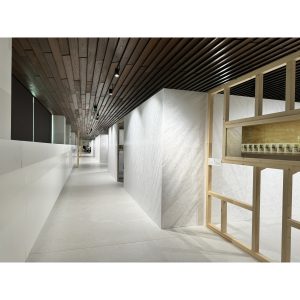
Kengo Kuma
«The Centro de Arte Moderna Gulbenkian»
Lisbon
Collection
The Modern Collection of the Calouste Gulbenkian Foundation was officially formed in 1983 but includes works acquired since 1958 The Foundation started collecting modern art after the First Exhibition of Fine Arts in Lisbon in 1958 It initially purchased up to 12 works a year, focusing on modern Portuguese art, with international works added from countries like the UK, France, and Iraq.
The Modern Art Centre (CAM), opened in 1983, brought together a large collection of Portuguese art, particularly works from the 1960s, and includes pieces by artists like Robert and Sonia Delaunay. British and Iraqi art also make up significant parts of the collection.
Many of the works were acquired directly from artists or through donations, including contributions from artists like Maria Helena Vieira da Silva. The collection now includes over 4,200 works from the 20th century, highlighting both national and international modernist trends.

Beatrix Overmeer collection
«Untitled»
1999

Maria Capelo
«Untitled»
2018

Joao Queiroz
«Untitled»
2005-2006

Collection of the Calouste Gulbenkian
«The Centro de Arte Moderna Gulbenkian»
Lisbon

Collection of the Calouste Gulbenkian
«The Centro de Arte Moderna Gulbenkian»
Lisbon

Collection of the Calouste Gulbenkian
«The Centro de Arte Moderna Gulbenkian»
Lisbon
Open Storage
One of the unique features of CAM is its open storage area, where visitors can observe artworks that are not on public display. This initiative aims to demystify the process of art curation and preservation while allowing guests to engage with a broader array of the collection. The open storage provides an opportunity for art enthusiasts to discover lesser-known pieces and understand the depth of the museum’s holdings.
About the author:
Catherine Borodai is a seasoned specialist with a robust background in investment, art, and marketing. With a keen eye for valuable art investments and extensive experience in strategic marketing, Catherine bridges the gap between finance and creativity. She excels in identifying lucrative investment opportunities in the art world, leveraging her marketing expertise to promote and enhance the value of art assets. Catherine’s unique blend of skills makes her a pivotal figure in the intersecting realms of art investment and marketing strategy.
https://www.linkedin.com/in/catherine-borodai/
CATALOGUE:
-
Henri Bourg
STILL LIFE. FLOWERS (Les anemones)
75 x 56 cm
2,300 € -
Henri Bourg
ROSES AND A CANDLE
75 x 56 cm
2,300 € -
Piegza Ryszard
ABSTRACTION
71 x 87 cm
1,600 € -
Piegza Ryszard
TOJEMOIE (TAKE IT) ABSTRACTION ROUGE
86 x 65 cm
1,600 € -
Maltsev Aleksandr
The night cries like a beast
85 x 120 cm
3,400 € -
Maltsev Aleksandr
Obsession with the Universe
200 x 170 cm
10,750 € -
Maltsev Aleksandr
Obsession
95 x 125 cm
4,650 € -
Maltsev Aleksandr
Making sense of God
210 x 198 cm
13,550 €


